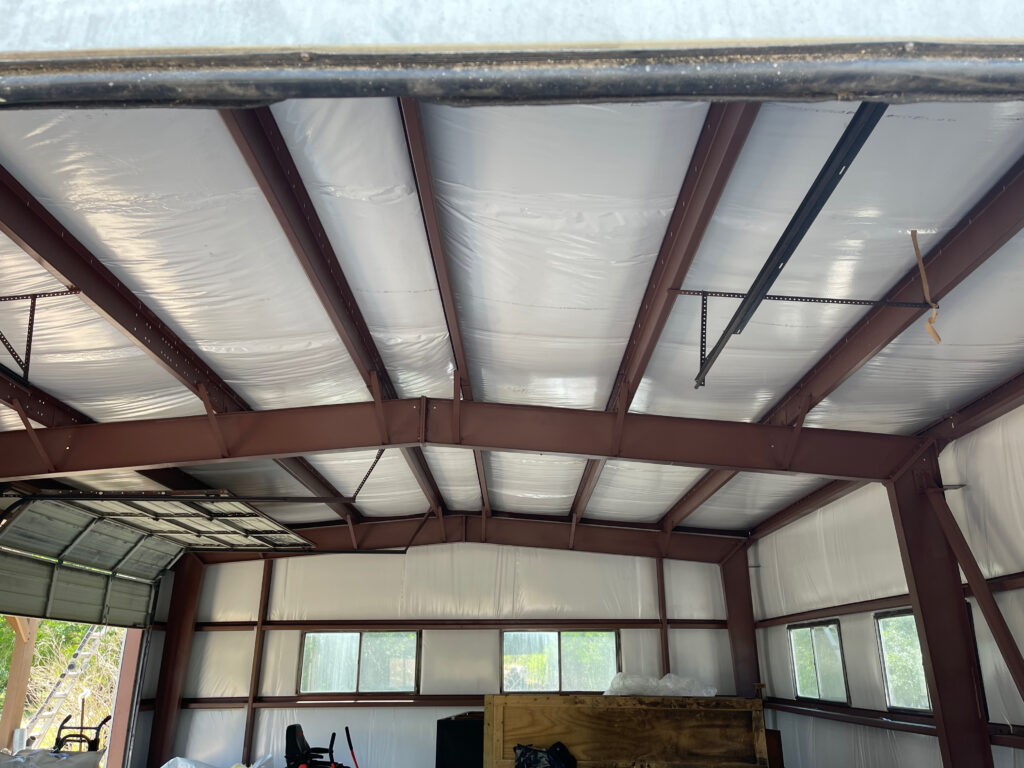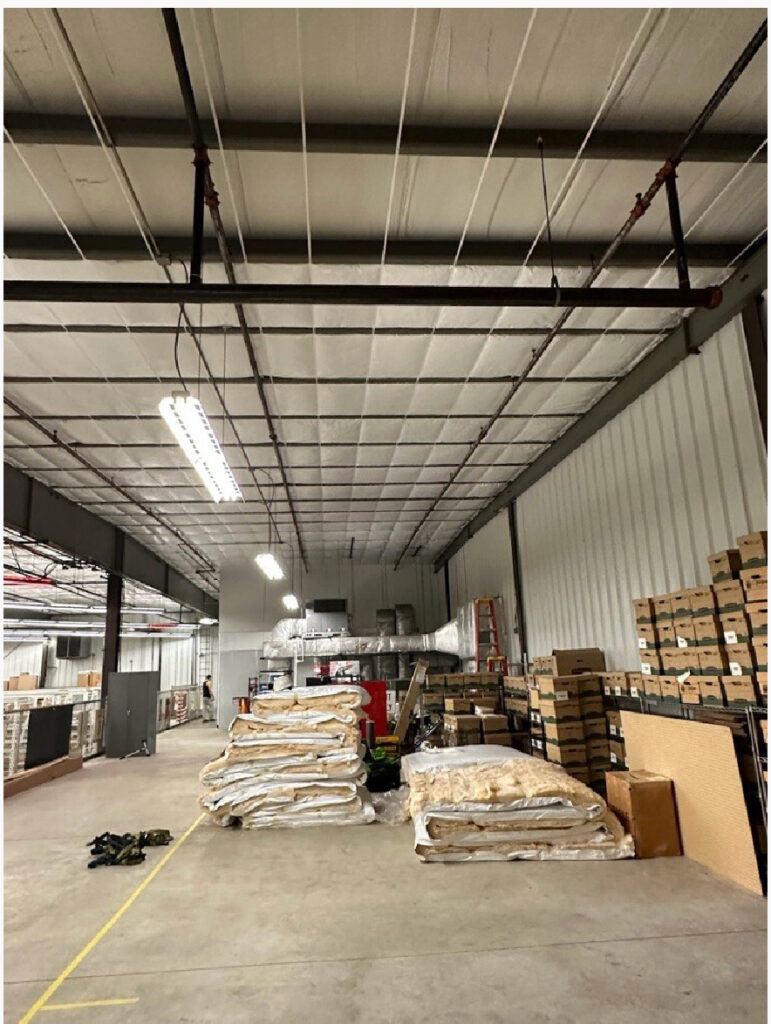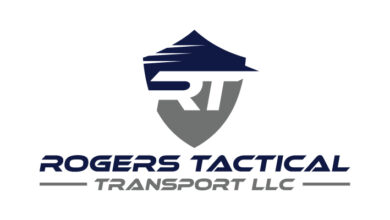Innovative Materials and Technologies in Insulation for Metal Buildings
The construction industry is continuously evolving, with significant advancements in materials and technologies enhancing the efficiency, durability, and sustainability of buildings. One area that has seen remarkable innovation is insulation for metal buildings. Metal structures, while robust and versatile, present unique challenges in terms of thermal regulation, moisture control, and energy efficiency. Addressing these challenges requires cutting-edge insulation solutions that leverage the latest materials and technologies. This blog delves into the innovative insulation materials and technologies transforming the landscape of metal building construction, offering superior performance and sustainability.
The Importance of Insulation in Metal Buildings
Thermal Regulation
Metal buildings are highly conductive, meaning they can quickly transfer heat. This characteristic makes them susceptible to extreme temperatures, causing discomfort for occupants and increasing energy costs. Effective insulation mitigates this issue by providing a thermal barrier that reduces heat transfer, maintaining a consistent indoor temperature.
Energy Efficiency
Proper insulation is crucial for enhancing the energy efficiency of metal buildings. By minimizing heat loss in winter and heat gain in summer, insulation reduces the need for heating and cooling systems to work overtime. This leads to significant energy savings and a reduction in utility bills.
Moisture Control
Metal buildings are prone to condensation, which can lead to corrosion, mold growth, and structural damage. Insulation materials that also act as vapor barriers are essential to prevent moisture accumulation, protecting both the building and its contents.

Acoustic Performance
Insulating metal buildings also improves their acoustic performance by reducing noise transmission. This is particularly important for structures used as offices, schools, or residential spaces where sound control is vital for comfort and productivity.
Traditional Insulation Materials
Fiberglass Insulation
Fiberglass insulation has been a staple in the construction industry for decades. Made from fine glass fibers, it is known for its excellent thermal performance and affordability. Fiberglass batts and rolls are easy to install and provide reliable insulation for metal buildings. However, fiberglass can be prone to moisture absorption and may require additional vapor barriers to prevent condensation issues.
Foam Board Insulation
Foam board insulation, typically made from polystyrene, polyisocyanurate, or polyurethane, offers high R-values and good moisture resistance. These rigid panels are easy to install and provide a continuous layer of insulation, reducing thermal bridging. Foam board insulation is particularly effective for insulating walls and roofs in metal buildings.
Spray Foam Insulation
Spray foam insulation is a versatile option that expands upon application, filling gaps and creating an air-tight seal. It provides excellent thermal resistance and moisture control. Spray foam can be classified into open-cell and closed-cell types, with the latter offering higher R-values and better moisture resistance. However, spray foam insulation can be more expensive than other traditional options.
Innovative Insulation Materials
Aerogel Insulation
Aerogel is a cutting-edge insulation material known for its exceptional thermal performance and lightweight properties. Often referred to as “frozen smoke,” aerogel is composed of a gel in which the liquid component has been replaced with gas, resulting in a highly porous structure. This material offers one of the highest R-values per inch of any insulation material, making it highly effective for metal buildings.
Benefits of Aerogel Insulation
- High Thermal Resistance: Aerogel’s unique structure provides superior thermal insulation, reducing heat transfer significantly.
- Lightweight: Despite its excellent insulating properties, aerogel is incredibly lightweight, making it easy to handle and install.
- Moisture Resistance: Aerogel does not absorb water, making it an ideal choice for environments prone to moisture and condensation.
Vacuum Insulation Panels (VIPs)
Vacuum insulation panels are another innovative solution for insulating metal buildings. VIPs consist of a core material enclosed in a vacuum-sealed barrier. The vacuum environment within the panel minimizes thermal conductivity, providing exceptionally high insulation values.
Benefits of Vacuum Insulation Panels
- Thin Profile: VIPs offer high insulation performance with a much thinner profile compared to traditional materials, saving valuable space.
- Energy Efficiency: The superior thermal resistance of VIPs enhances energy efficiency, reducing heating and cooling costs.
- Durability: VIPs are designed to be durable and long-lasting, maintaining their insulation properties over time.
Phase Change Materials (PCMs)
Phase change materials are an innovative approach to insulation that leverages the latent heat of phase changes to regulate temperature. PCMs absorb and release thermal energy during phase transitions, such as from solid to liquid and vice versa, helping to maintain a stable indoor temperature.
Benefits of Phase Change Materials
- Thermal Regulation: PCMs can significantly reduce temperature fluctuations, enhancing comfort and reducing energy usage.
- Integration: PCMs can be integrated into various building materials, such as panels and coatings, providing flexible insulation solutions.
- Energy Savings: By stabilizing indoor temperatures, PCMs reduce the need for heating and cooling, leading to energy savings.

Reflective Insulation
Reflective insulation materials, such as radiant barriers and reflective bubble wrap, are designed to reflect radiant heat rather than absorb it. These materials are particularly effective in metal buildings with high exposure to sunlight, as they help reduce heat gain.
Benefits of Reflective Insulation
- Radiant Heat Reduction: Reflective insulation significantly reduces radiant heat transfer, keeping metal buildings cooler in hot climates.
- Energy Efficiency: By minimizing heat gain, reflective insulation reduces the load on cooling systems, leading to lower energy consumption.
- Lightweight and Easy to Install: Reflective insulation materials are typically lightweight and easy to install, making them a convenient option for retrofits and new constructions.
Innovative Insulation Technologies
Smart Insulation Systems
Smart insulation systems incorporate advanced sensors and controls to optimize insulation performance. These systems can monitor temperature, humidity, and other environmental factors in real-time, adjusting insulation properties to maintain optimal conditions.
Benefits of Smart Insulation Systems
- Real-Time Monitoring: Smart systems provide real-time data on insulation performance, allowing for proactive adjustments and maintenance.
- Energy Efficiency: By optimizing insulation properties, smart systems enhance energy efficiency and reduce utility costs.
- Customization: Smart insulation systems can be tailored to specific building needs, providing customized solutions for different environments.
Insulated Metal Panels (IMPs)
Insulated metal panels are a modern solution that combines insulation and structural integrity in one product. These panels consist of an insulating core sandwiched between two metal skins, providing excellent thermal performance and structural strength.
Benefits of Insulated Metal Panels
- High Insulation Values: IMPs offer high R-values, enhancing the thermal efficiency of metal buildings.
- Durability: The metal skins provide durability and protection against the elements, ensuring long-lasting performance.
- Ease of Installation: IMPs are prefabricated and easy to install, reducing construction time and labor costs.
Spray-Applied Thermal Insulation
Spray-applied thermal insulation, such as spray foam and ceramic coatings, offers a versatile solution for metal buildings. These materials can be applied directly to surfaces, filling gaps and creating a continuous insulation layer.
Benefits of Spray-Applied Insulation
- Air-Tight Seal: Spray-applied insulation creates an air-tight seal, preventing air leaks and enhancing energy efficiency.
- Versatility: These materials can be applied to various surfaces, including walls, roofs, and ceilings, providing comprehensive insulation coverage.
- Moisture Resistance: Spray-applied insulation materials often provide excellent moisture resistance, protecting against condensation and water damage.
Environmental Considerations
Sustainable Insulation Materials
The growing emphasis on sustainability in construction has led to the development of eco-friendly insulation materials. These materials are made from renewable resources, recycled content, or natural fibers, reducing their environmental impact.
Examples of Sustainable Insulation Materials
- Cellulose Insulation: Made from recycled paper, cellulose insulation is an eco-friendly option with excellent thermal performance.
- Sheep Wool Insulation: Sheep wool is a natural, renewable insulation material with good thermal and moisture-regulating properties.
- Cotton Insulation: Cotton insulation is made from recycled denim and other cotton fibers, offering a sustainable alternative to traditional materials.
Energy Efficiency and Carbon Footprint
Innovative insulation materials and technologies contribute to the energy efficiency of metal buildings, reducing their carbon footprint. By minimizing the need for heating and cooling, these insulation solutions help lower greenhouse gas emissions and promote sustainable building practices.
Lifecycle Assessment
When evaluating insulation materials, it’s essential to consider their lifecycle impact, from production and installation to disposal. Materials with a low environmental impact throughout their lifecycle are preferable for sustainable construction.

Conclusion
The field of insulation for metal buildings is experiencing rapid innovation, driven by the need for better thermal regulation, energy efficiency, and sustainability. Metal building contractors are increasingly adopting advanced materials like aerogel, vacuum insulation panels, and phase change materials, along with cutting-edge technologies such as smart insulation systems and insulated metal panels. These solutions offer superior performance, durability, and environmental benefits, making them the future of insulation in metal building construction. As the industry continues to evolve, embracing these innovative materials and technologies will be crucial for creating efficient, comfortable, and sustainable metal buildings.



